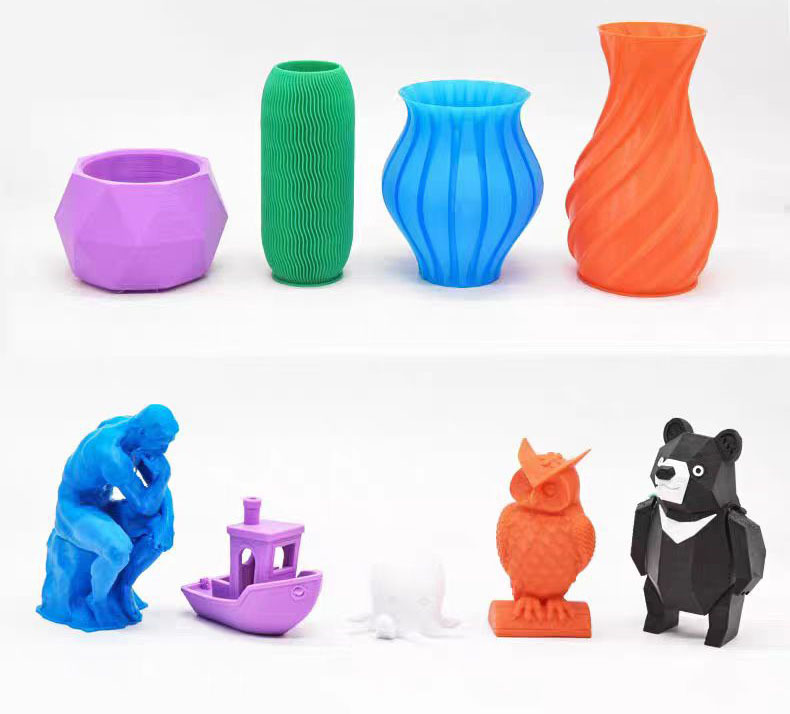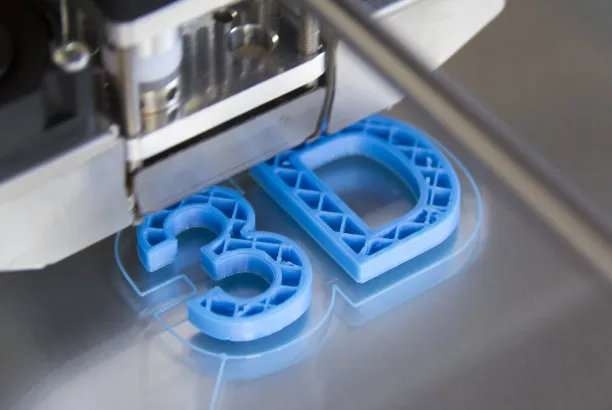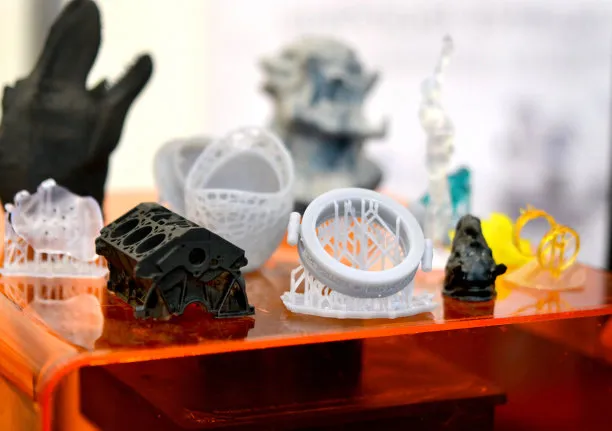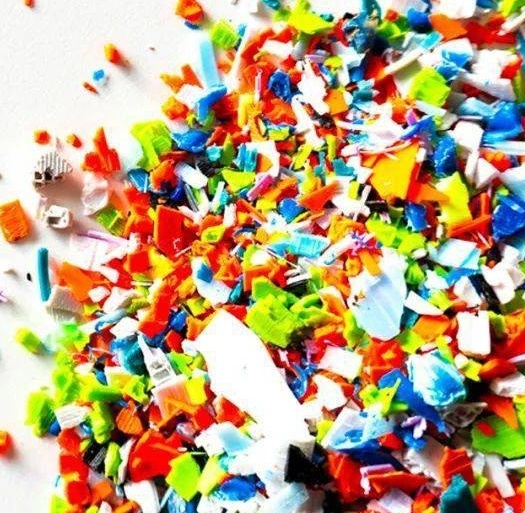C1 Filament Quality Compared to Commercial Filaments "How does C1-produced filament (from raw materials or waste) compare to commercial filaments?"
Release time:2025-02-24
This is one of the most frequently asked and highly valued questions. To address it, we must first understand that filament diameter consistency is the single most critical factor influencing 3D print quality, particularly layer adhesion and surface finish. The C1’s standout feature is its ability to maintain exceptional diameter uniformity (≤±0.03mm), which directly translates to print performance indistinguishable from premium commercial filaments. To validate this claim, we conducted a blind print test: Methodology: The same 3D printer and model were used to print with three filament types: C1-produced filament from virgin pellets. C1-produced filament from recycled waste. A leading commercial filament (e.g., Prusament, Polymaker). Results: Post-print analysis (dimensional accuracy, surface roughness, tensile strength) revealed no statistically significant differences between the three samples. Even experienced users could not visually or mechanically distinguish which filament was used. Diameter Consistency: The C1’s AI-driven diameter control ensures that both virgin and recycled filaments meet or exceed commercial-grade standards. Material Integrity: Properly recycled waste (cleaned, sorted, and processed) retains mechanical properties comparable to virgin material. Cost Efficiency: Producing filament in-house with the C1 can reduce costs by up to 50% compared to buying commercial filaments, without sacrificing quality. Why This Matters For Professionals: Eliminate reliance on external suppliers while maintaining print quality. For Hobbyists: Experiment with custom materials (colors, blends) without compromising results. For Eco-Conscious Users: Achieve sustainability goals by recycling waste into high-performance filament.
This is one of the most frequently asked and highly valued questions. To address it, we must first understand that filament diameter consistency is the single most critical factor influencing 3D print quality, particularly layer adhesion and surface finish. The C1’s standout feature is its ability to maintain exceptional diameter uniformity (≤±0.03mm), which directly translates to print performance indistinguishable from premium commercial filaments.
To validate this claim, we conducted a blind print test:
Methodology: The same 3D printer and model were used to print with three filament types:
C1-produced filament from virgin pellets.
C1-produced filament from recycled waste.
A leading commercial filament (e.g., Prusament, Polymaker).
Results: Post-print analysis (dimensional accuracy, surface roughness, tensile strength) revealed no statistically significant differences between the three samples. Even experienced users could not visually or mechanically distinguish which filament was used.
Diameter Consistency: The C1’s AI-driven diameter control ensures that both virgin and recycled filaments meet or exceed commercial-grade standards.
Material Integrity: Properly recycled waste (cleaned, sorted, and processed) retains mechanical properties comparable to virgin material.
Cost Efficiency: Producing filament in-house with the C1 can reduce costs by up to 50% compared to buying commercial filaments, without sacrificing quality.
Why This Matters
For Professionals: Eliminate reliance on external suppliers while maintaining print quality.
For Hobbyists: Experiment with custom materials (colors, blends) without compromising results.
For Eco-Conscious Users: Achieve sustainability goals by recycling waste into high-performance filament.
TAG:
Related Blog








